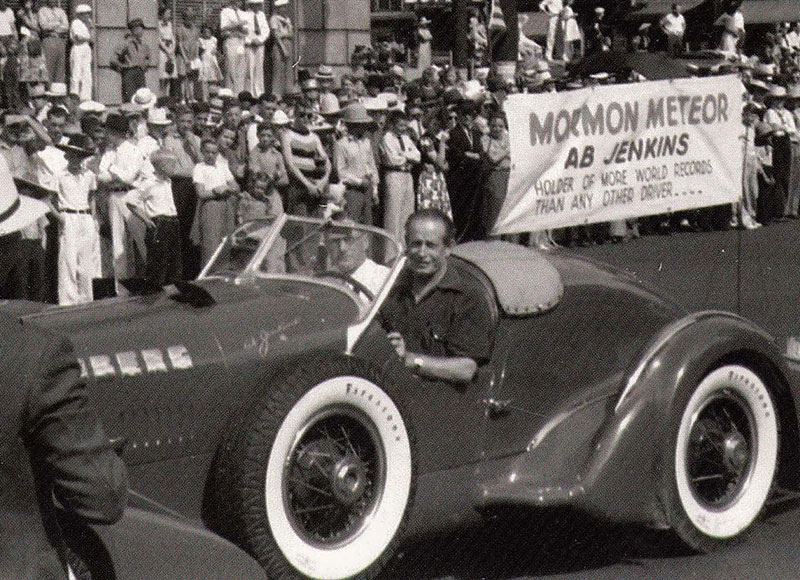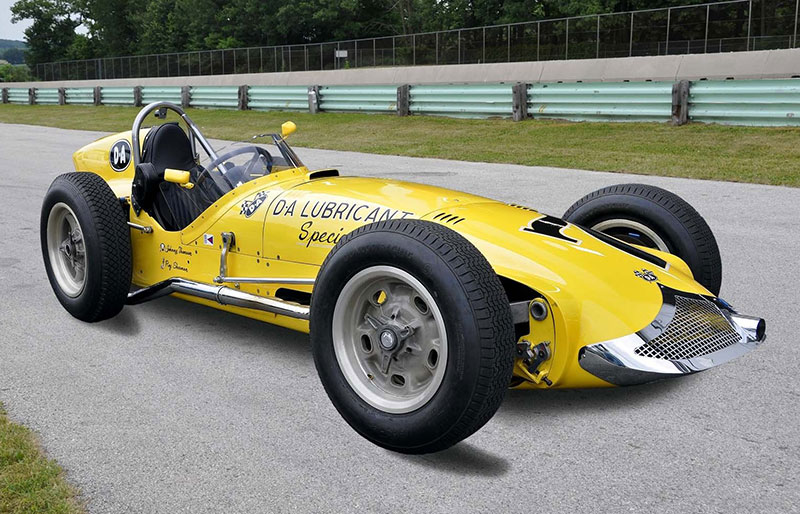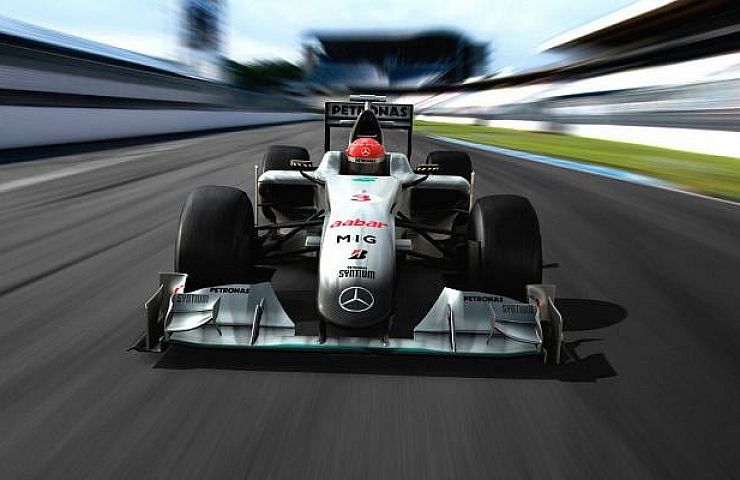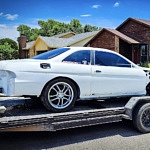The relationship between racing and production cars goes back almost as far as the internal combustion engine. The first self-lubricating chassis, clutchless manual transmissions, disc brakes, independent suspensions, and the roll cage are just a few of the innovations developed for race cars that eventually found their way into showrooms. Below are a few examples of technology that gave birth to the saying, “Race it on Sunday and sell it on Monday.”
Aerodynamic Testing
Before they became known for producing luxury passenger cars, the Duesenberg brothers established a reputation in the racing circuit, with their race cars winning several European Grand Prix events. In the 1930s, the Duesenbergs teamed up with race car driver Ab Jenkins, building a series of cars to set land speed records at the Bonneville Salt Flats. They called the cars the Mormon Meteors since Jenkins was a devout Mormon. With Jenkins behind the wheel, the Mormon Meteor III set a record that held for more than three decades, averaging 170 miles-per-hour for 24 hours. With its long hood, shovel style grille, and huge tail fin, the Mormon Meteor III also set styling trends for future cars, some of which we still see today.

Historic photo of Ab Jenkins in the Mormon Meteor.
Double Wishbone Independent Suspensions
Race cars have independent suspensions that allow each of the wheels to move separately in order to maintain traction. Since the early 1960s, Formula One race cars have utilized double wishbone designs because they are compact and strong, capable of controlling huge aerodynamic loads coming over the car body and maintaining the car at the correct angle and height over the track to obtain maximum down-force. F1 racecar suspensions have much less wheel travel than passenger cars, since their purpose is to help the driver maintain control of the chassis, as opposed to providing a comfortable ride. But the basic design is the same as what you see in today’s high performance production cars.
Roll Cages
It’s amazing how many race car drivers are able to walk away from collisions on the track that completely decimate the vehicles. The reason drivers survive these severe accidents is the protective roll cage structure that deflects the crash forces around the area where they sit. Engineers apply similar technology when designing passenger cars, utilizing high tensile strength steel to create a safety cage around the passenger compartment. Unlike the “good old days” when a car could take a pretty good bump and not have much to show for it, components in modern passenger cars are designed to break apart and fold to protect the passengers inside. The collapsible steering column works according to similar principles.
Hydraulic Disc Brakes
The Duesenberg brothers take credit for the applying hydraulic brake technology originally developed for their race cars to the Model A Duesenberg: a passenger car produced in beginning in 1921. Jaguar was the first company to utilize disc brakes in racing, utilizing the design in their winning 1953 C-Type LeMans cars. Although Powell Crosley had utilized a crude disc brake in his Hot Shot sports car three years earlier, the design was notorious for sticking and corrosion in areas with a lot of road salt. The Jaguar C-Types were the first cars to feature a caliper design similar to that found on modern production cars.

Photo of 1958 Frank Kurtis H5000 INDY Roadster.
Tire Technology
Some of the biggest breakthroughs in automotive performance over the past two decades have been in the area of tire compounding. Compounding is responsible for determining the tire’s optimum temperature range (summer versus winter tires) as well as its speed rating. Race tracks continue to be the open-air laboratory for tire technology. The biggest difference between race car and passenger car tires is durability. Race car tires must maintain maximum traction under extreme forces, but they last a very short time. Production car tires aren’t designed to withstand the extreme heat or G-forces that racecar tires are, but they must last many years. However, the basic principals for today’s high performance tires come from racing, from the use of high-tech compounding materials to the plus sizing concept to enhance performance.
See Charismatic Racing Concepts Front Car & Truck Xenon Lights for sale on eBay.





